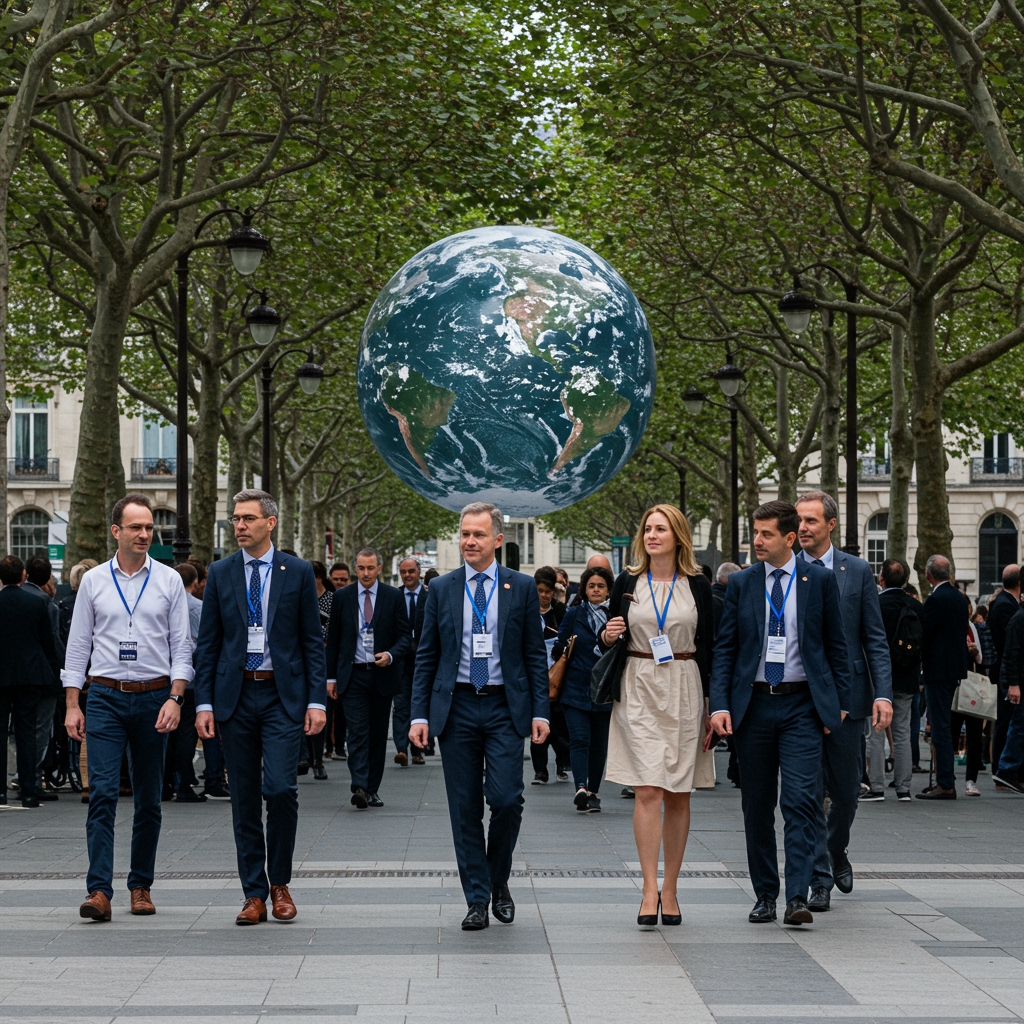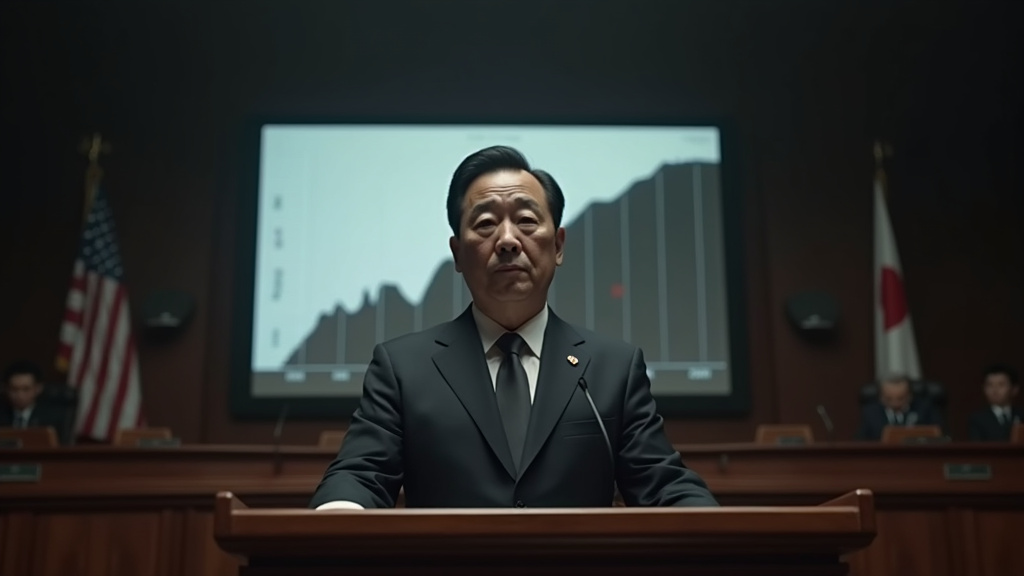International Space Station, October 16, 2025 – Two Russian cosmonauts successfully completed a significant spacewalk outside the International Space Station (ISS) today, engaging in critical scientific installations and essential maintenance tasks.
Sergey Ryzhikov, commander of Expedition 73, and flight engineer Alexey Zubritsky ventured into the vacuum of space for an extravehicular activity (EVA) that lasted approximately 6 hours and 9 minutes. The spacewalk, which began at 1:10 p.m. EDT, marked a key moment in ongoing international collaboration aboard the orbital laboratory and was the 276th spacewalk conducted in support of the ISS’s assembly and maintenance since 1998.
Advancing Semiconductor Research in Orbit
The primary objective of the spacewalk was the installation of the Ekran-M experiment, also known as the Molecular Beam Epitaxy (MBE) experiment, on the exterior of the Nauka Multipurpose Laboratory Module. This cutting-edge experiment is designed to demonstrate the capability of producing extremely thin, high-purity semiconductor materials in the microgravity environment of space – materials that are difficult to manufacture with precision on Earth. The Ekran-M unit, a drum-shaped device weighing over 100 kilograms, was delivered to the ISS in September 2025 via the Progress MS-32 cargo ship. Its successful installation and connection of power cables are crucial steps towards potentially enabling future orbital factories for producing advanced electronic components and photovoltaic elements.
Essential Maintenance and Debris Management
Beyond the scientific payload, Ryzhikov and Zubritsky also undertook vital maintenance activities. They removed a mounting platform that housed a now-decommissioned commercial high-definition television camera from the Zvezda Service Module. In a controlled maneuver, this equipment was then jettisoned into space, safely drifting away from the station to ensure it would not pose a future hazard. The cosmonauts also took the opportunity to clean windows on the Zvezda Service Module, crucial for maintaining external visibility for operations and scientific observations. These tasks highlight the continuous effort required to keep the ISS operational and safe.
European Robotic Arm Support and Crew Roles
Assisting the spacewalking cosmonauts was Oleg Platonov, who operated the European Robotic Arm (ERA) from within the station. The ERA, a significant component of the Russian segment, played a crucial role in moving Ryzhikov and Zubritsky to their worksites and providing support during the installation of the Ekran-M experiment. This coordinated effort between internal and external crew members is a hallmark of complex space operations. For cosmonaut Alexey Zubritsky, this EVA represented his first-ever spacewalk, while for Expedition 73 Commander Sergey Ryzhikov, it was his second, bringing his cumulative spacewalk time to over 12 hours.
A Significant Milestone in ISS Operations
This particular spacewalk, while focused on specific scientific and maintenance goals, is part of a larger narrative of continuous human presence and scientific endeavor in space. It underscores the ongoing importance of international cooperation and the unique research capabilities of the ISS. These types of space events are not only scientifically significant but also capture global attention, reflecting the top and trending nature of space exploration. While not a major political event, such major global events involving complex international operations demonstrate sustained collaboration. The successful completion of this spacewalk ensures that the ISS continues to serve as a vital platform for scientific discovery and technological advancement, contributing to a broad spectrum of major events in global science and technology.
NASA provided live coverage of the spacewalk, allowing space enthusiasts worldwide to follow the intricate operations conducted millions of miles above Earth. The event proceeded smoothly, with the cosmonauts returning to the Poisk module airlock to conclude their demanding but highly productive outing.




